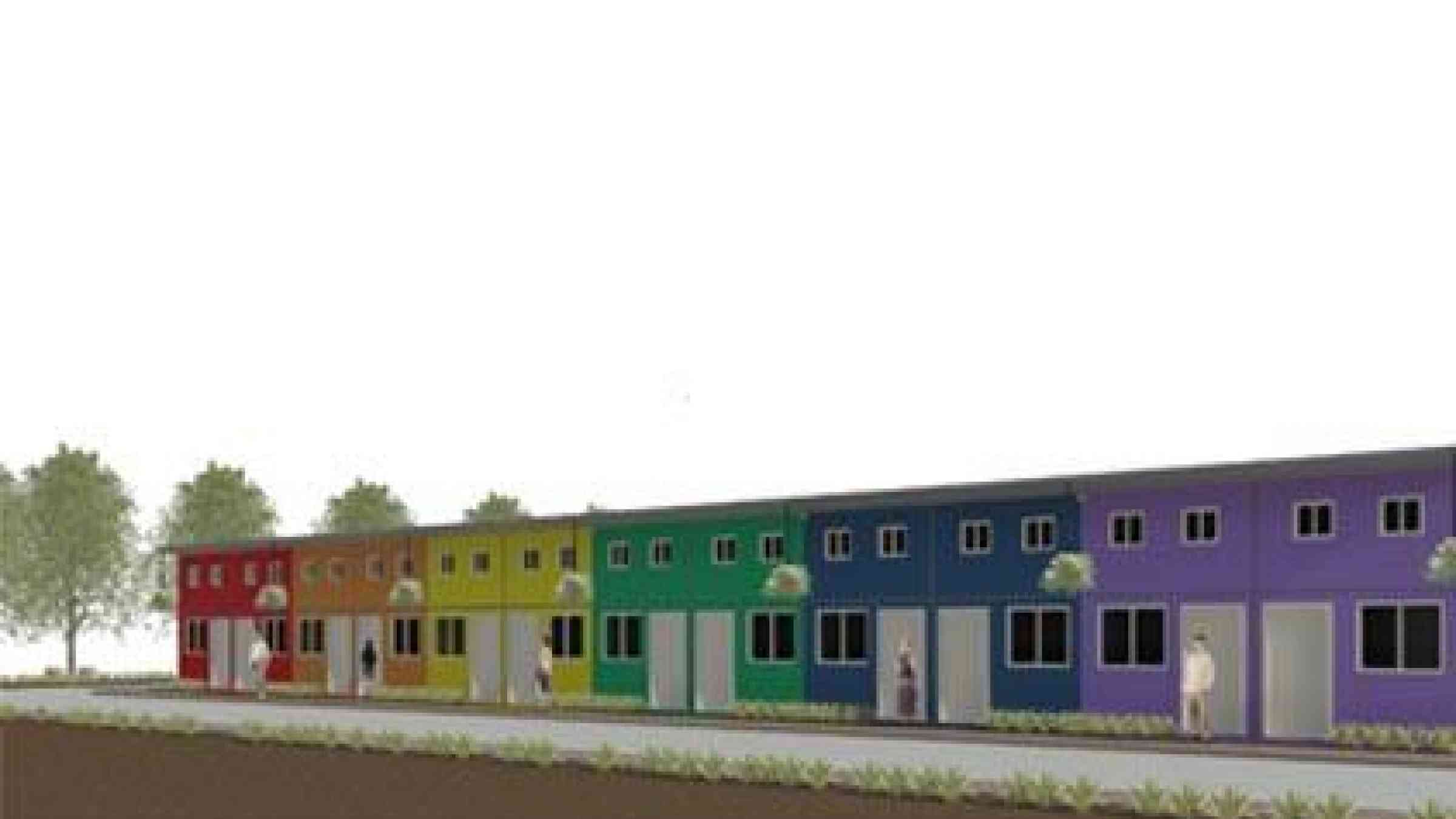UNISDR supporter rehouses 1,000 families

MANILA, 17 March 2014 – A leading member of UNISDR’s global private sector partnership is rehousing 1,000 families badly affected by Typhoon Haiyan in new communities that are designed to have soul and safety in equal measure.
SM Prime Holdings Inc, the country’s largest mall operator has commenced building its first “SM Cares Village” in Bogo, Northern Cebu. Four other areas are earmarked for construction in Leyte and Samar.
The new houses, 200 in each village, are designed to withstand future typhoons of the same magnitude as Haiyan (known locally as Yolanda) as well as strong earthquakes and are being built to higher standards than those specified in the current Philippines building code.
Each location is on land that has been cleared and certified safe by the government, and community facilities, such as a community centre, basketball court and street lights, are being provided.
The houses will be given for free to beneficiaries who will be identified by the local government subject to further screening by the SM Foundation.
“A lot is expected from the private sector in the rehabilitation of calamity-stricken areas in the Philippines,” said Hans T. Sy, the President of SM Prime Holdings Inc, who is a member of UNISDR’s Private Sector Advisory Group.
Mr. Sy said: “We, from the private sector, are more than willing to help and are already doing our share in helping the communities. With the Typhoon Haiyan experience, as well as the Bohol earthquake, more businesses are convinced to invest in disaster resilience.
“The Philippines is prone to natural hazards such as severe weather conditions and earthquakes. The more businesses invest in resilience, the sooner we can get back to normal after disasters.”
UNISDR Chief Ms. Margareta Wahlström said the SM housing initiative is a leading example of how more businesses in the Philippines are embracing an active role in the recovery after the devastation of Typhoon Haiyan on 8 November.
She said: “This is a good example of the private sector putting its expertise and resources at the service of disaster-prone communities and doing it in a thoughtful way that helps reduce exposure and vulnerability to disasters.”
Each beneficiary must agree to certain conditions to build community resilience to disasters such as the planting of a minimum of 30 trees or mangroves per family in a nearby area identified by SM Foundation in coordination with the local government; assisting in the rehabilitation of local schools, churches and hospitals; attending livelihood seminars; and proper segregation and disposal of wastes.
The SM Foundation is calling on other partners to join its efforts in the recovery process, pledging that all such support will be properly acknowledged.
This year’s UN Global Assessment Report on Disaster Risk Reduction (GAR13), produced by UNISDR, outlines the crucial role of the private sector in strengthening disaster risk management.
The Report, titled “From Shared Risk to Shared Value: The Business Case for Disaster Risk Reduction” states: “How the private sector – accounting for 70 to 85 percent of total investment (globally) – decides to place its funds will largely determine how much disaster risk is accumulated and how underlying risk drivers are addressed.”
The private sector sustained an estimated 90 percent of the economic losses from Typhoon Haiyan.